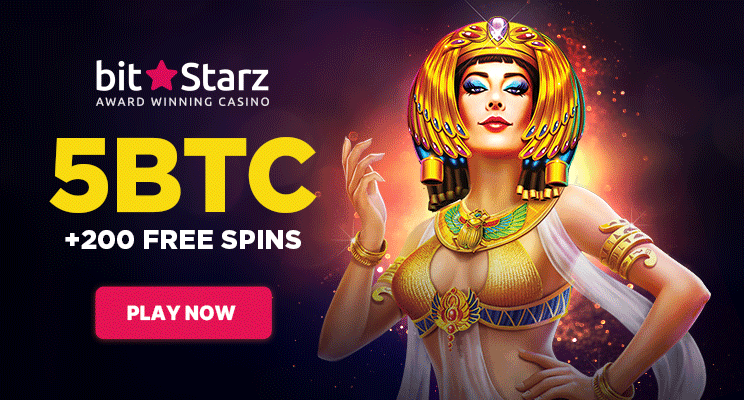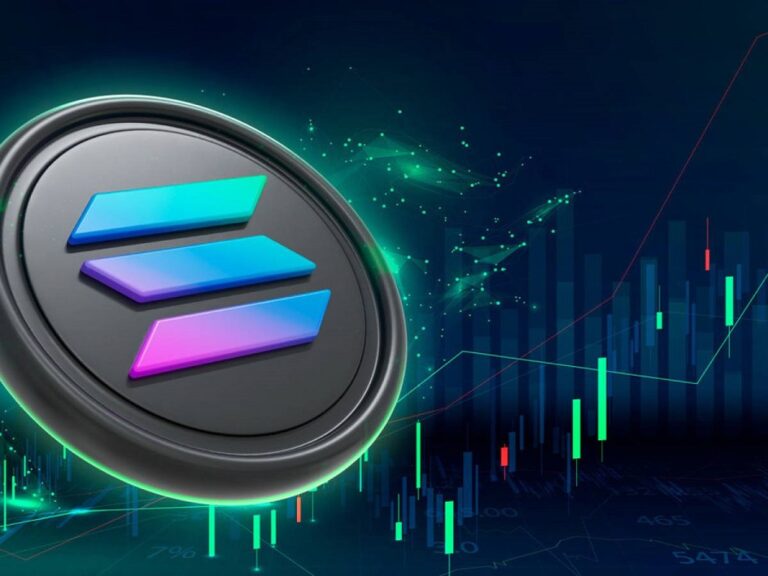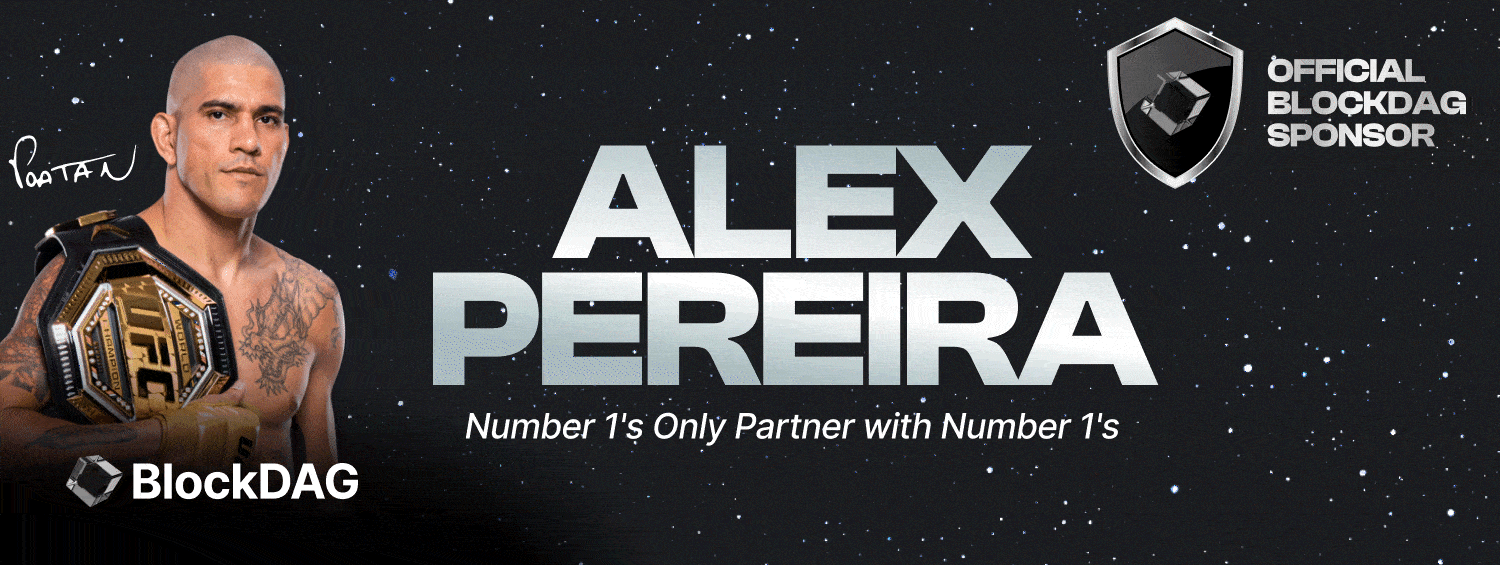Andre Cronje, the visionary behind the Fantom blockchain, recently shared insightful reflections on Solana’s operational hurdles amidst the blockchain’s peak popularity. Taking to his Twitter handle, known as “X,” Cronje addressed the burgeoning discourse surrounding Solana’s ongoing challenges, which had captivated the attention of the crypto community across various forums.
Contrary to prevailing narratives, Cronje’s official statement suggested that Solana’s current issues stem more from its rapid expansion and remarkable success rather than inherent flaws in its architecture or consensus mechanisms. Initially envisioned as Ethereum’s primary alternative for smart contract functionality with superior scalability and simplicity, Solana’s journey has been marred by technical hiccups, including recurrent communication failures.
Cronje highlighted that such incidents, instigated by users, tend to manifest as scalability issues as the platform scales up. At the core of Solana’s struggles lie engineering deficiencies related to the blockchain’s capacity to handle the surging influx of transactions. This phenomenon triggers a bandwagon effect, wherein heightened demand for block processing leads to congestion, consequently slowing down transaction speeds and compromising user experience. However, Cronje emphasized that the blame shouldn’t be placed on consensus mechanisms but rather on the necessity for technological solutions to address identified issues.
Drawing parallels with other sectors of blockchain technology, the report on Solana’s challenges alludes to Ethereum’s own transition to tackle scalability and efficiency concerns by transitioning from a Proof of Work (PoW) to a Proof of Stake (PoS) model through a Merge.
Acknowledging the urgency of the situation, Solana’s development team, spearheaded by founding member Anatoly Yakovenko, is actively engaged in devising solutions to alleviate the network’s congestion crisis. Efforts are focused on enhancing infrastructure support to accommodate growing user and transaction volumes without compromising performance.
Despite the current tribulations, Solana possesses the potential to demonstrate resilience and innovation, adeptly overcoming setbacks. By addressing engineering challenges head-on, the platform can aspire to be recognized among the foremost smart contract platforms capable of seamlessly accommodating diverse applications and services.
As stakeholders eagerly anticipate Solana’s trajectory in the DeFi space, Cronje’s perspective reframes the platform’s complexities as catalysts for growth rather than insurmountable barriers. His insights underscore the importance of strategic innovation and adaptability in shaping the evolution of blockchain platforms.


























